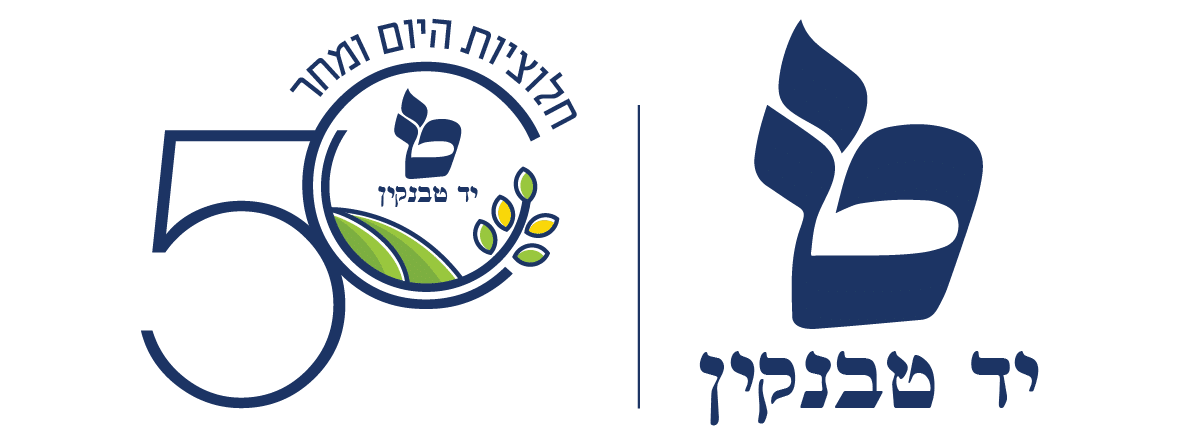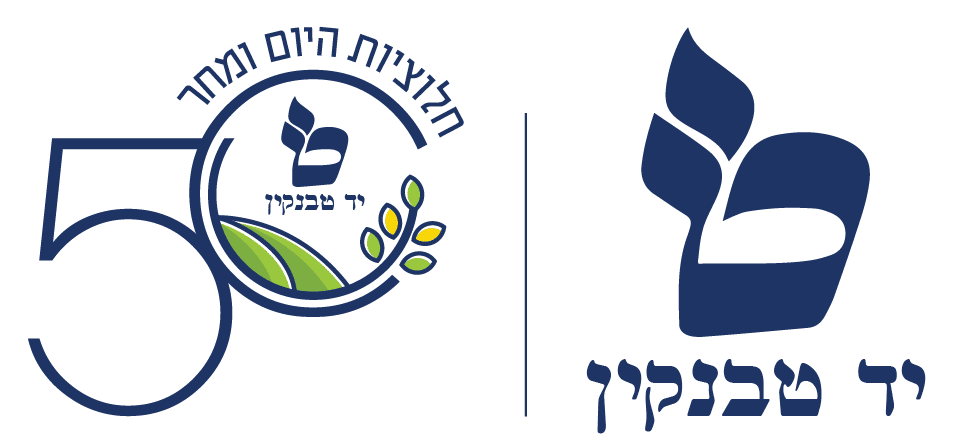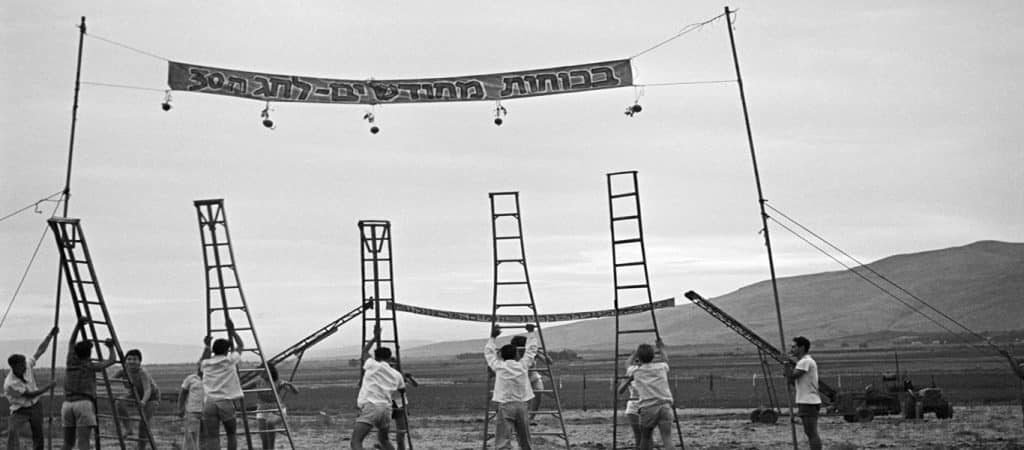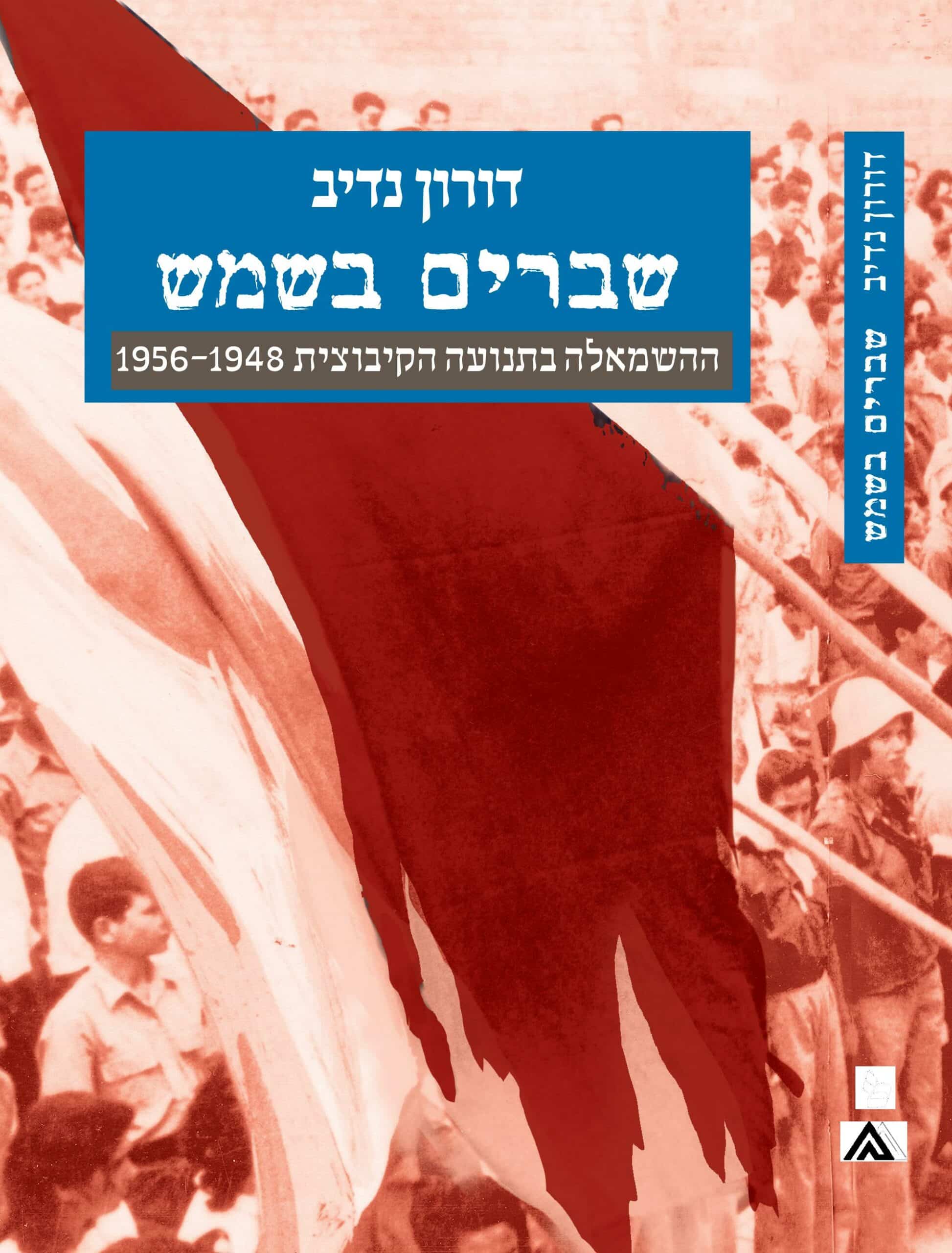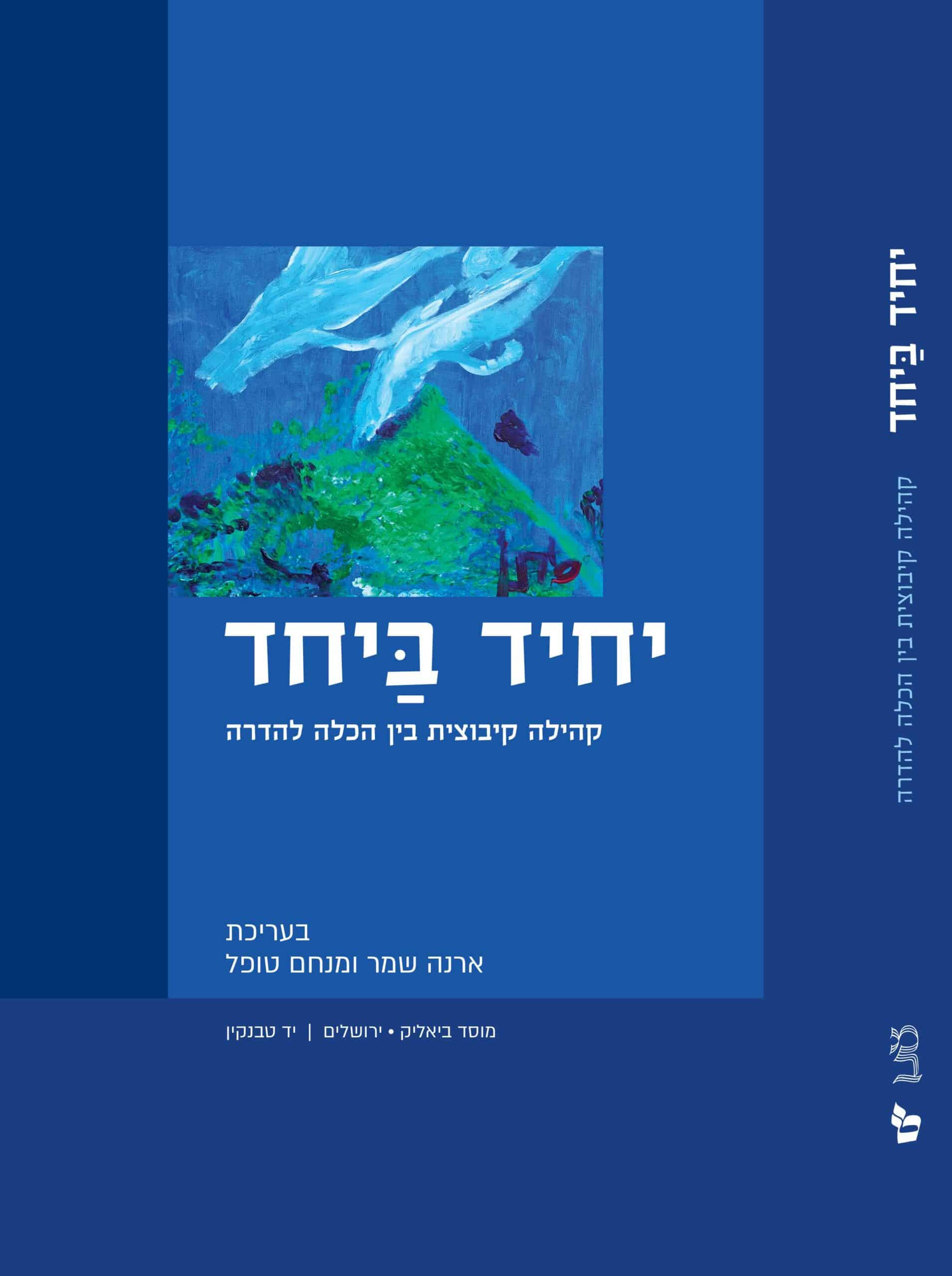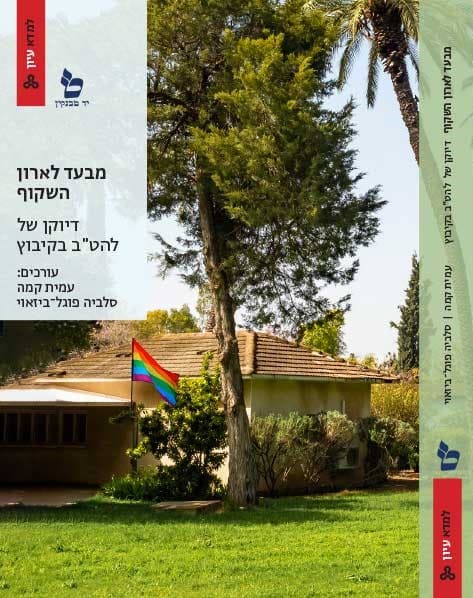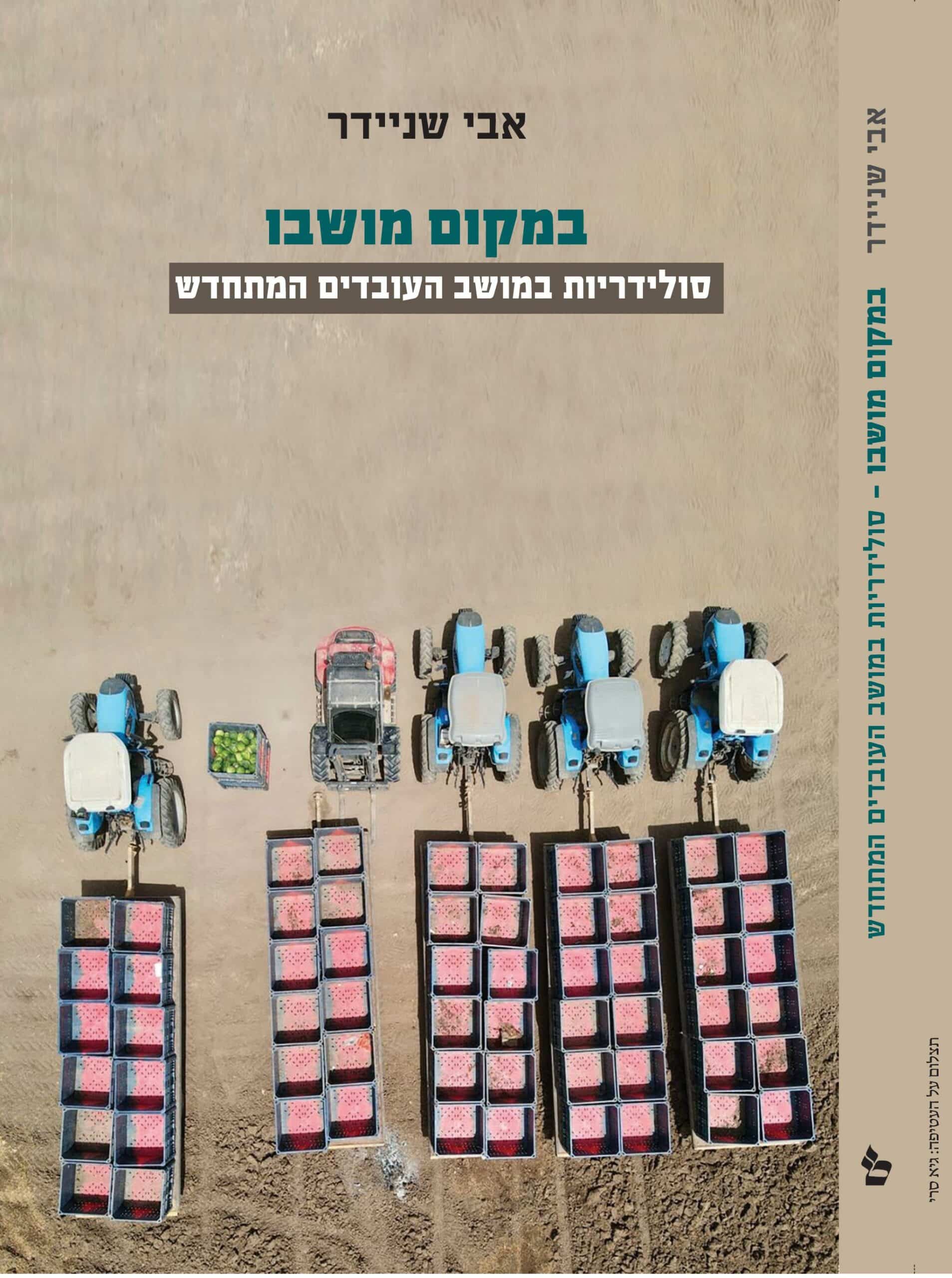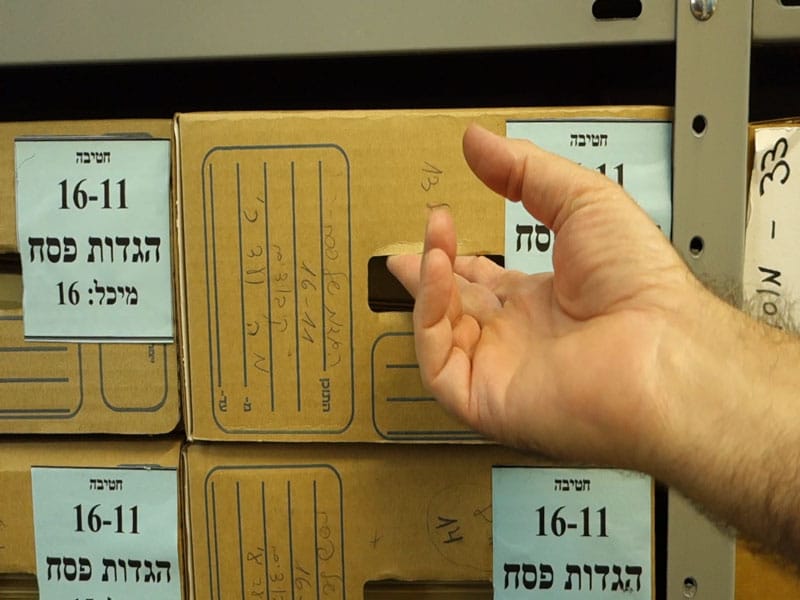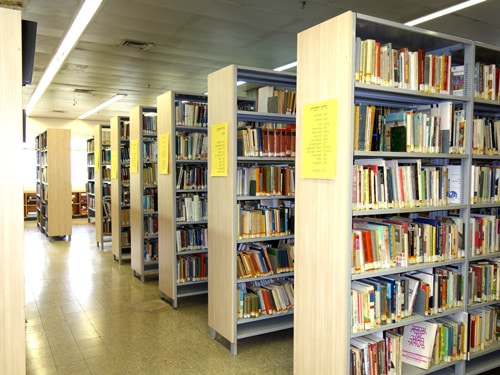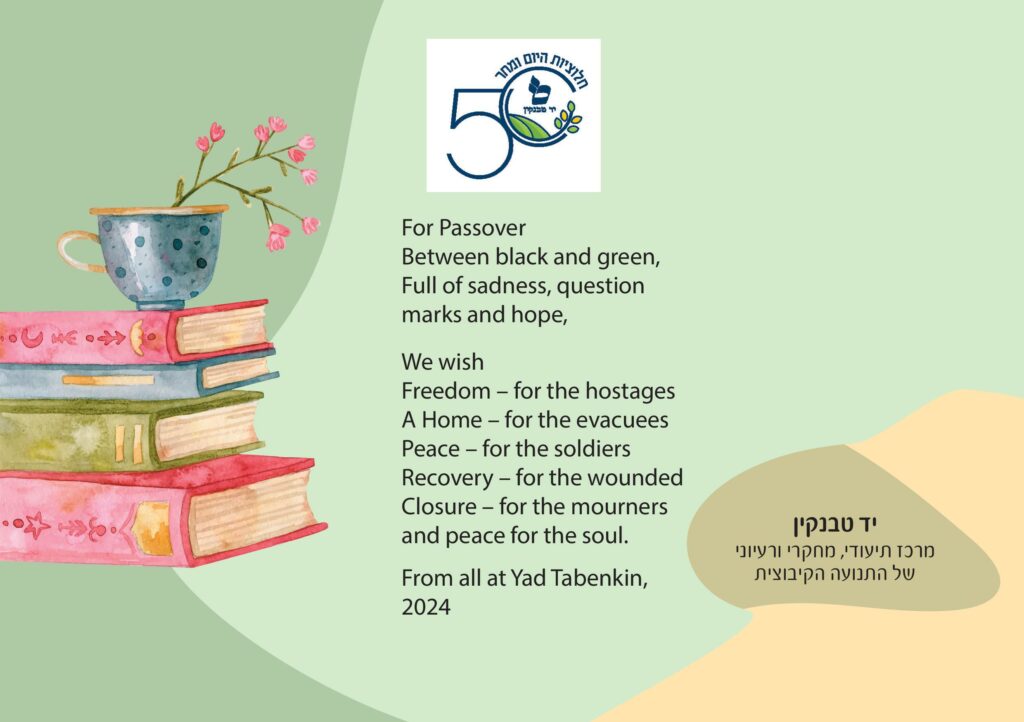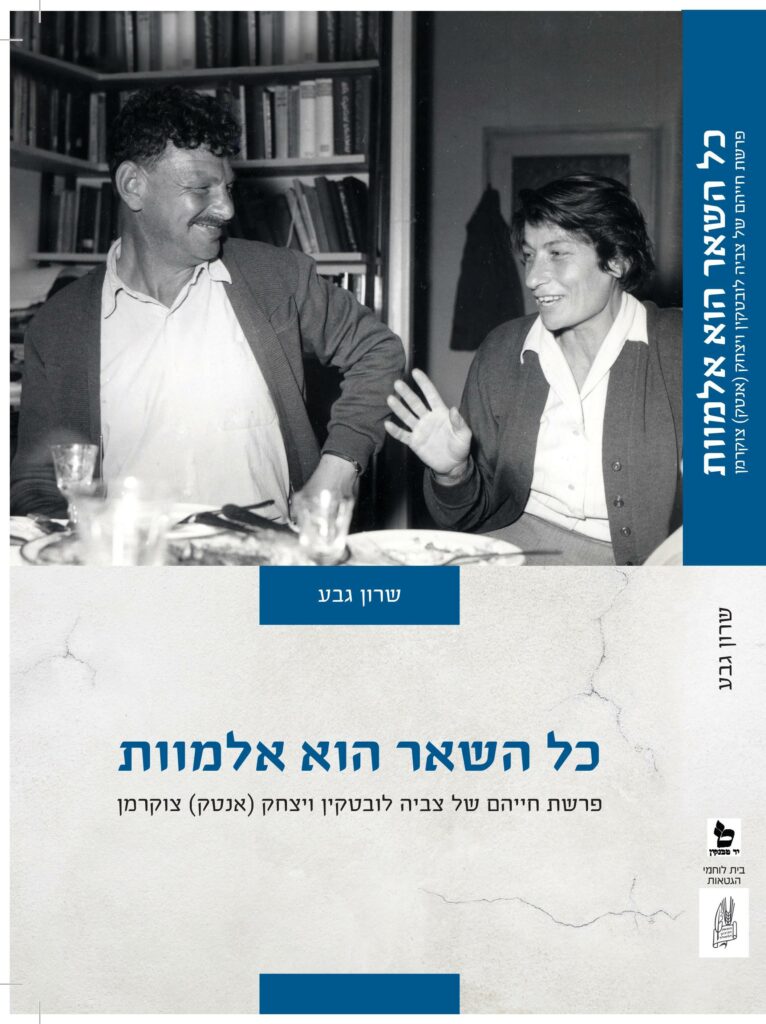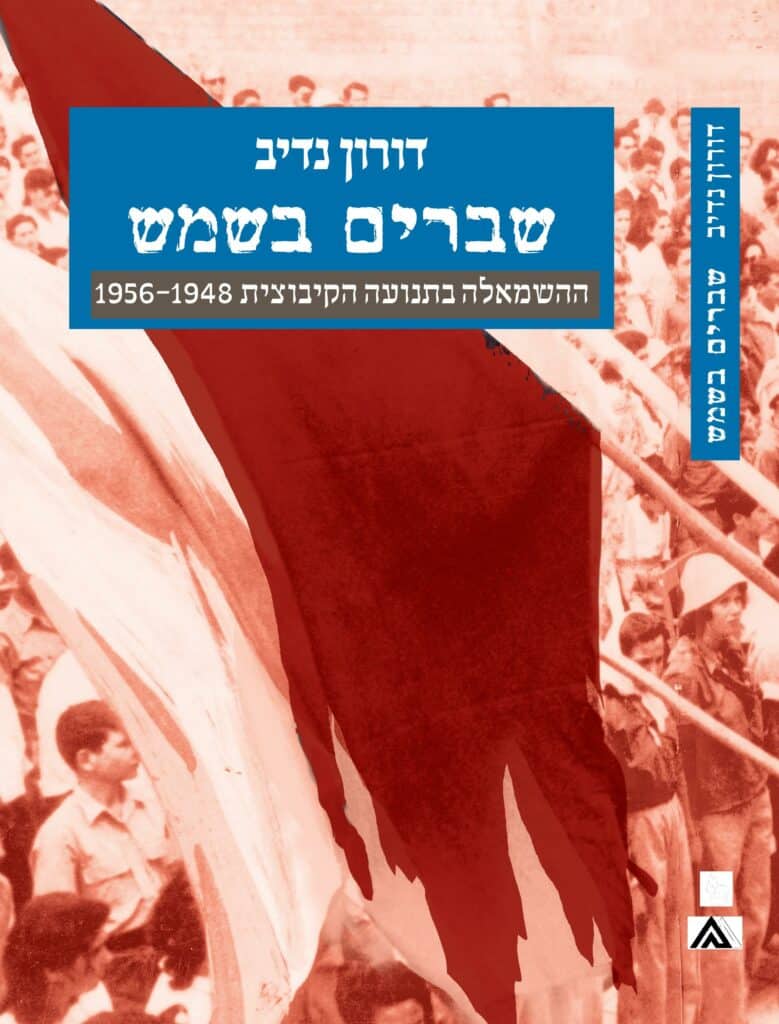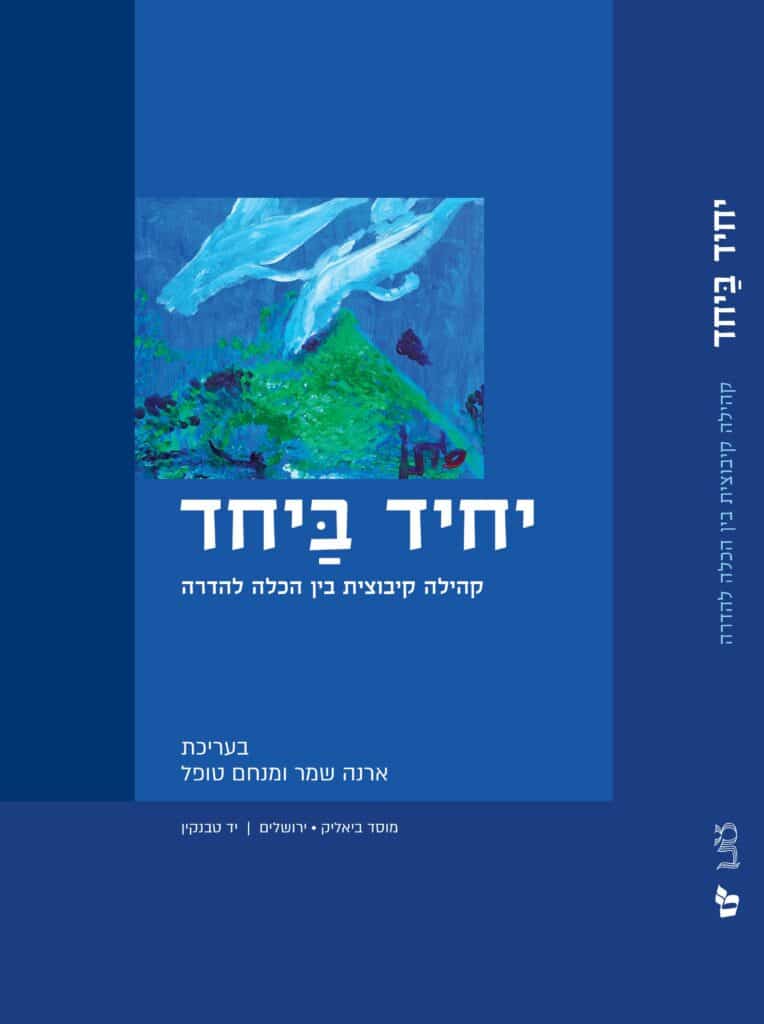Avi Shnider
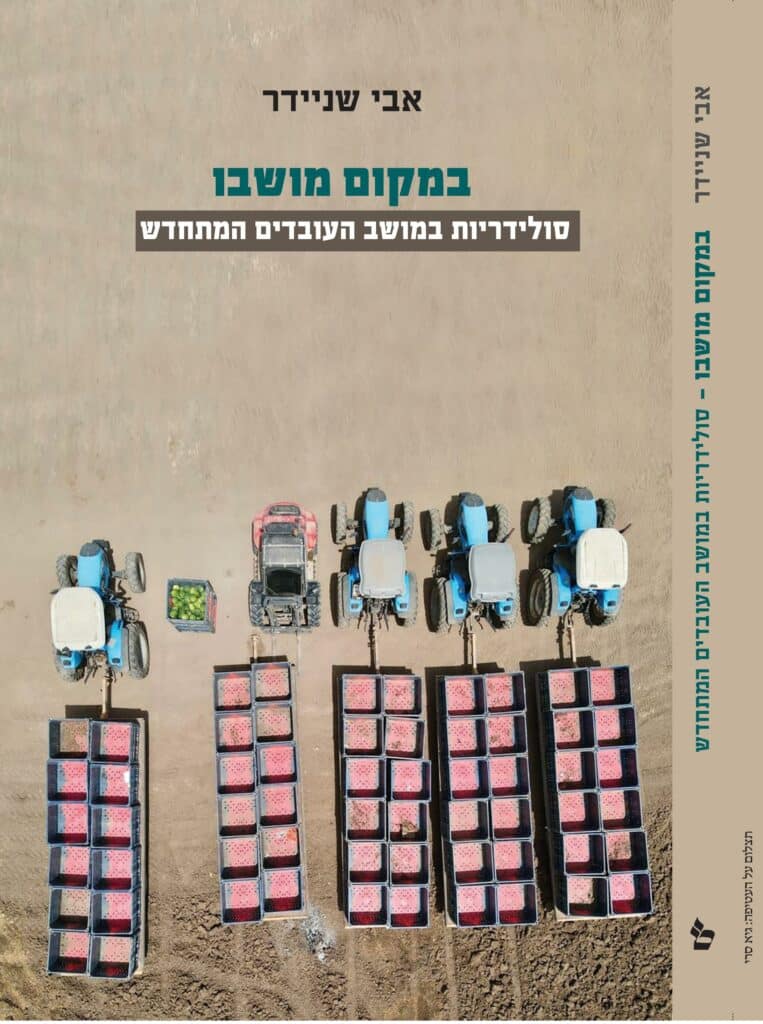
We got them on their feet, these three farms. ….. It is in all of our interest that he has a farm, it’s better, then, he will not be a burden on us. If he doesn't have money to spray… [this way] his pests won't move to my plot. We are all in this together.
With this sentence, a member of Moshav Zin, an agricultural moshav in the Arava, whose story the book tells, explains the fact that for over a decade after the official mutual responsibility of the moshav dissolved, moshav members came to the aid of family farms that ran into economic difficulties. Ostensibly, from the time that the moshav cooperative privatized and the practical framework for mutual responsibility dissolved, each family farm was supposed to manage on its own, and the failure of a farm was supposed to be the problem of its owners alone. But as can be seen from the quotation above, this is not how it worked.
Sense of place, through the case study of Moshav Zin, asks the question, what has changed and what remains of the idea of the moshav that has been operating for more than 100 years in Israel? And what can be learned from the changes that the moshav has undergone about changes in agricultural settlements in Israel and around the world in the past 100 years?
The study presents an analytic approach to examining the moshav through three perspectives: the moshav as an organization; the moshav as a space and the moshav as a community. The study examines each of these perspectives through the practical approach in social sciences, an approach that seeks to understand the behaviors, practices and social norms that actually exist inside a social framework.
The book draw inspiration from the parable of the Ship of Theseus from Greek mythology. The parable is of a ship where all the beams that make it up have been replaced. The question was asked: is the ship with the new beams indeed the ship of Theseus, or is it a new entity? The organizational practices that were employed by the moshav cooperative until the privatization process and the new practices that moshav members employed after the privatization process are the parallels to the replaced beams of the ship in the current volume. The book traces the shifting practices in three different fields: collaboration between the family farms; learning and knowledge sharing among them and collective identity building. The book’s name, Sense of place, expresses the question of how far the moshav of today is, at the practical and values level, from the original idea of the moshav, and the extent to which the “beams” that comprised the original moshav have been replaced.
The book uses three main theoretical foundations:
The first approach is that of new organizational forms (Heydebrand 1989). This approach is based on the assumption that work organizations, which were the main work framework in the Western world during the 20th century, are undergoing deep changes, that is, the organizational structures that we encountered in the past and the approaches through which we learned to look at them are losing their relevance in the new, chaotic world.
The second theoretical approach used in this study is that of organizational culture (Raz 2004; Martin 1992; Schein 2004). This approach is based on the assumption that rational practices of organizations, such as organizational structure, hierarchy and division of labor, cannot explain the entirety of the organizational phenomenon. The perspective of organizational culture therefore seeks to expose an additional layer of this phenomenon, the normative and value structures that characterize the organization and which are concealed in the organization’s practices, in the behavior of the organization’s workers and managers, and in the beliefs prevalent among them. Research using the organizational culture approach usually deals with phenomena existing in the framework of an organization. In contrast to this, the present study makes a slightly different use of this approach, examining the existence of a shared work culture even in the absence of a formal work organization.
The third theoretical approach used in the study is the approach of structuration theory presented by the sociologist Anthony Giddens (Giddens 1979, 1984, 1991). This approach views society as a dynamic entity that changes through the daily actions of the individual members in any given time and place. According to this approach, human action, which Giddens terms ‘praxis’, is a reflection through which the society is revealed. In this work, Giddens’ approach was used to analyze the change in daily practices of agents and the way in which their actions create a collective social framework for work, even in the absence of a formal work organization.
The study is based on a case study strategy, and mainly uses qualitative research tools that include in-depth interviews and content analysis of organizational texts. In addition, the study includes quantitative statistical analysis of data collected through a questionnaire distributed among moshav members.
The research findings are presented in four thematic chapters; the first three are timebound chapters, since they describe the work culture existing on Moshav Zin in 2013 as a product of social changes along a timeline. The names of these chapters are Evolution, Revolution, and Regression. The fourth and last thematic chapter is called Space, and it provides a complementary explanation to the timebound explanations.
I present below a short summary of the four thematic chapters:
The first theme, Evolution, describes some of the practices and norms in the area of work that are prevalent in Moshav Zin as the evolutionary continuation of the cooperative association. Examples of these include full cooperation between two farms, joint ownership of agricultural tools, cooling centers, transport for agricultural produce, joint ownership of the date plantation and the dairy barn, apprenticeship and purchasing. These are all practices and social norms that currently exist in the moshav and in the view of the moshav members, they all constitute evolutionary continuation of the cooperative association. In some of the work areas discussed, practices that served the community during the period of the cooperative continue to serve the community today. In other areas, in contrast, work practices that were customary in the past ceased to exist; however, the new practices or norms that replaced them express similar values to the old practices. Thus, for example, full cooperation between farms is perceived by moshav members as providing security, in that it prevents the need to work alone, and this is similar to the security that the cooperative association provided before privatization. That is, despite the fact that the practice of full cooperation between farms is completely different from the practice dictated by the old cooperative moshav members perceive them as expressing similar values. Other values that are prevalent in the moshav in 2013 and that according to members express an evolutionary continuation of the old cooperative are: conformism, mutual assistance, and joint activities.
The second theme, Revolution, describes the changes that took place in three areas of work in Moshav Zin: marketing, sorting, and credit and capital management. The changes, as they are described by moshav members, express undercutting of the former social order, and change characterized by dismantling hierarchical centralization in these areas – a revolutionary change in the former social order. However, the revolution described under this theme does not express only disorder, but also construction of a new social order. In two out of three of these areas, marketing and sorting, new work practices were set up that also express the value of cooperative work, even though this work is a result of other values: the hierarchical centralization was replaced by decentralization. That is, the theme of Revolution expresses revolution at two levels: A) former practices were dismantled; and B) the values they contained changed. However, despite this, the practices of cooperative sorting and marketing, as conducted in 2013, express cooperative action by virtue of culture.
The third theme, Regression, describes cultural patterns that currently exist in the moshav, and which are perceived by the members as a return to patterns that characterized rural settlement in the period prior to establishment of the cooperative association – the pre-modern period. Several areas are described under this theme: gendered division of labor, parliament (arena of public discourse), return to the pattern of extended family, the area of local law, bartering, and avoidance of planting on the sabbath. In contrast to the two prior themes, this theme does not express progress on a timeline, but rather regression. In addition, also in contrast to the two prior themes, this theme does not describe the process of change on a timeline backwards, but rather uses pre-modern patterns in a metaphorical way to describe the meaning that the moshav members jointly ascribe to the existing work processes in Moshav Zin.
The final theme deals with space; members of Moshav Zin describe some of the existing work practices and norms in the moshav as existing due to the spatial circumstances in which social agents operate. This is how they explain, for example, the mutual assistance currently prevalent in the moshav, the panoptical space that expresses transparency, visibility and sharing knowledge, and the shared spatial identity of the moshav members. The spatial theme hides a deep assumption of the Moshav Zin culture – “togetherness.” Ostensibly there is nothing new in the statement that the members of an isolated moshav in the Arava continue to live together despite the privatization process. However, the renewal of this work of “togetherness” does not only touch community and social life – the cultural “togetherness” has succeeded in creating a mechanism of joint work in the moshav despite the lack of an organization.
The three timebound themes, which make use of a timeline – evolution, revolution, and regression – together express a culture that contains internal opposites and inherent contradictions. At first glance, the three themes appear to be a collage of three separate cultural streams.
The fourth theme, space, constitutes a frame through which the timebound themes can be connected into one entity. The moshav members, before and after privatization, were and continue to be residents of an isolated, frontier settlement, spatially and environmentally, in which the existing spatial production resources are divided equally. Moshav Zin was, and remains after privatization, the living environment and workplace for its residents. This means that the space today, as it did before privatization, divides the moshav members from their environment, and also unites them internally. Before privatization, the space brought the members together, and it continues to connect them to work together after privatization.
Moshav Zin, whose history is described in the book, is not a representative case study, not of moshavei ovdim and not of rural settlements in general.
However, using the case study methodology that allows for analytical inference, the book offers two new theoretical ideas, one that relates to the study of workers' settlements or other rural settlements such as a kibbutz or communal settlement, and the other to the study of new organizational forms.
The first theoretical innovation is the comparative model for categorizing rural settlements in the normative space. This model is completely different from the categorization that was accepted in the past, which was based on the quantity or kind of organizational practices carried out by the moshav cooperative or the kibbutz.
The model of the moshav as a normative space proposes to examine and clarify, in each rural settlement, moshav, kibbutz or town, the range and quantity of social and professional practices that take place internally within the settlement. [גד1] [גד2] [SA3] [SA4] Insofar as a broad range of social and professional practices take place internally, such as in the case of Moshav Zin, the model proposes to view the settlement as a rural settlement with a high level of solidarity. In contrast, insofar as fewer and fewer practices take place internally within the settlement, the model proposes relating to the town as nothing more than a rural or urban suburb.
Rural settlement as normative space – Comparative model

| Moshav Zin | Rural Suburb | |
| Lack of cooperation | Cooperation in work field | |
| Commuting – the settlement as a bedroom community | Daily social interactions | |
| Lack of spatial identity | Distinct social identity |
The second theoretical innovation I propose is a new conceptualization in the field of organizational theory, with an emphasis on a theoretical approach of new organizational forms. On the basis of analysis of the work process prevalent in Moshav Zin, which demonstrates cooperative work that takes place in the absence of an organizational framework, I would like to propose a cultural-spatial analysis unit for understanding work processes: Work Ground – a field that is bounded by spatial and cultural boundaries, in which the work actions of the agents operating within it can be understood as a cooperative work process even in the absence of organization. The concept of Work Ground (in Hebrew zeirat avodah) was chosen based on the concept of playground. In a playground, the local authority places play equipment, that is, creates spatial conditions. But this is not enough. In order for the place to become a playground in the full sense of the word, spatial conditions are not sufficient; actions of agents are required. In Moshav Zin the spatial conditions were determined back in the 1970s, mainly: the location, the spatial isolation, division of plots within the moshav, the division between plot A and plot B. In contrast, the active work of the agents develops, changes and is replicated through daily action – the praxis of social agents.
In addition, this study seeks to contribute to the aggregate research knowledge that has been built over the years dealing with understanding moshavei ovdim. This presentation of the case study of an agricultural moshav ovdim and the changes it has undergone over the years contributes to expanding historical knowledge about the development of moshavim in the Arava specifically, and of moshavei ovdim in general.
Key words: moshav ovdim, new organizational forms, organizational culture, structuration theory
